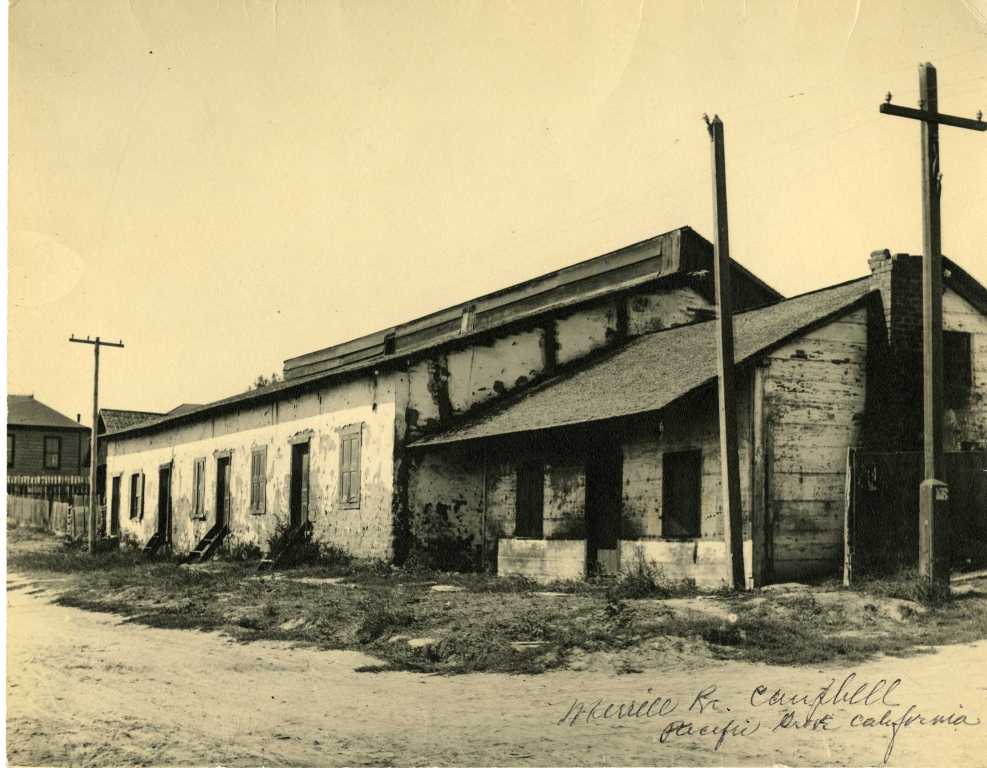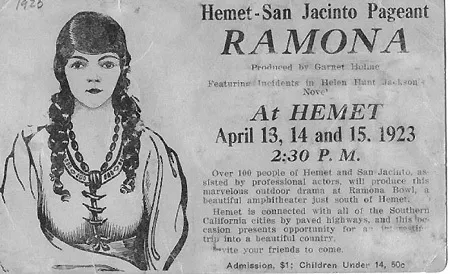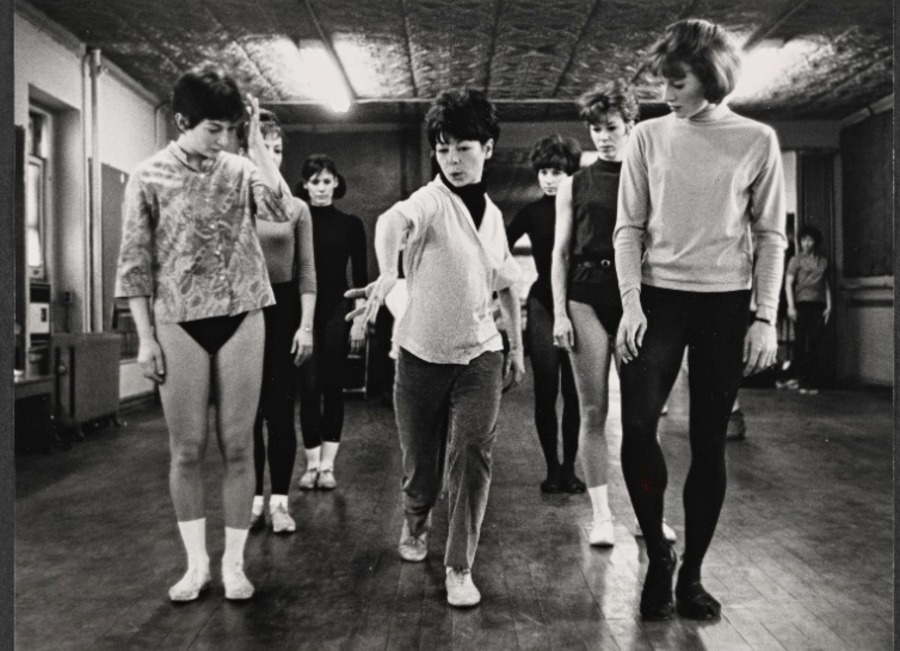April 1848 (175 years ago)

A detachment of U.S. soldiers from New York arrived in Monterey, Calif., just as the Mexican-American War was coming to a close. To salve their boredom, they staged small theatrical performances, quickly gathering admiring audiences. The soldier-performers approached entrepreneurial Scottish sailor John Alfred Swan to use part of his recently purchased adobe store as a stage, to which he quickly agreed. The theatre’s first performances—of Nathaniel Bannister’s Revolutionary War drama Putnam, the Iron Son of ’76—sold out. The old building still stands on the corner of Pacific Street and Scott Street, preserved by the Monterey State Historic Park Association, and is considered one of California’s first theatres.
April 1923 (100 years ago)

A theatrical adaptation of Helen Hunt Jackson’s 1884 novel Ramona was performed for the first time in the foothills of Southern California’s San Jacinto mountains outside of the city of Hemet. Director and playwright Garnet Holme took Jackson’s story of star-crossed mixed-race and Indigenous lovers and created a huge environmental production called The Ramona Pageant with a cast of hundreds, using real animals and live musicians. In 1993, the production was declared California’s State Outdoor Play; the production continues to be performed to this day.
April 1978 (45 years ago)
The American Dance Machine premiered at Ford’s Theatre in Washington, D.C. The brainchild of director/choreographer Lee Theodore, this production aimed to provide a “Living Archive” of choreography performed in various past musicals. The preservation of choreography entailed extensive research and conversations with choreographers and dancers from the various original productions. For this show, works from Agnes de Mille, Bob Fosse, Carol Haney, and others were restaged in exacting choreographic detail. The production would then move to Broadway’s Century Theatre in June of that year and run for 199 performances. The organization American Dance Machine continues Lee Thoedore’s mission of preserving choreographic history today.
April 1988 (35 years ago)

Paula Vogel’s play The Oldest Profession ended its premiere run in Saskatoon, Canada. The equal parts comedic and tragic play about aging female sex workers, one of Vogel’s earliest works, touched on many of the themes that would define many of the playwright’s later works: sexual taboos, aging, and death. Directed by Tom Bentley-Fisher, the play opened at the Theatre Network in Edmonton before moving to the 25th Street Theatre in Saskatoon.


